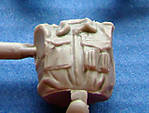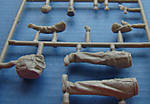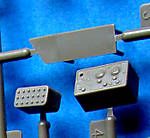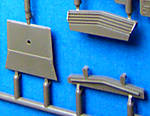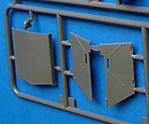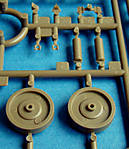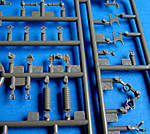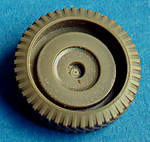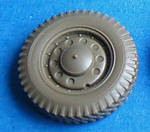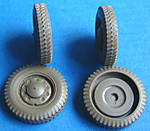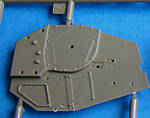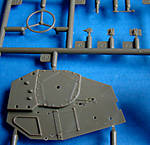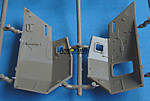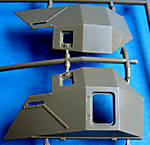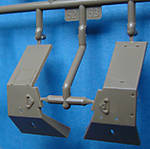Finally!!! Roden has been released their first model kit in 1/35!!

Rolls Royce British Armoured Car 1920 1/35 Roden 801
Price: $36.85Molds looks good. Decals and Gum wheels are includedFinally!!! Roden has been released their first model kit in 1/35!!

The Rolls-Royce armoured car was a British armoured car developed in 1914 and used in World War I and in the early part of World War II.
The Royal Naval Air Service raised the first British armoured car squadron during the First World War. In September 1914 all available Rolls Royce Silver Ghost chassis, including their engines whose power had been increased to about 80 hp, were requisitioned to form the basis for the new armoured car. The following month a special committee of the Admiralty Air Department, among whom was Flight Commander T.G. Hetherington, designed the superstructure which consisted of armoured bodywork and a single turret for a Vickers machine gun.
The first three vehicles were delivered on 3 December 1914, although by then the mobile period on the Western Front, where the primitive predecessors of the Rolls-Royce cars had served, had already come to an end. Chassis production was suspended in 1917 to enable Rolls-Royce to concentrate on aero engines.
The vehicle was modernized in 1920 and in 1924, resulting in Rolls-Royce 1920 Pattern and Rolls-Royce 1924 Pattern. In 1940, 34 vehicles which served in Egypt with the 11th Hussars regiment had the "old" turret replaced with an open-topped one carrying a Boys anti-tank rifle, .303 inch Bren machine gun and smoke grenade launchers.
Some vehicles in Egypt received new chassis from a Fordson truck and became known as Fordson Armoured Cars. Pictures show them as equipped with what appears to be turrets fitted with a Boys ATR, a machine gun and twin light machine guns for anti-aircraft defence.
1920 Pattern Mk I - thicker radiator armor and new wheels.
| Rolls Royce Armoured Car | |
|---|---|
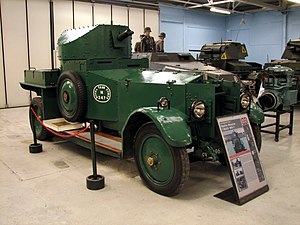 Rolls Royce 1920 Pattern | |
| Type | Armored car |
| Place of origin | United Kingdom |
| Service history | |
| In service | 1915 to 1941 |
| Used by | United Kingdom Ireland |
| Wars | World War I, Irish Civil War, World War II |
| Production history | |
| Manufacturer | Rolls-Royce |
| Variants | Rolls-Royce 1920 Pattern, Rolls-Royce 1924 Pattern, Fordson Armored Car, Rolls Royce Indian Pattern |
| Specifications | |
| Weight | 4.2 tonnes |
| Length | 4.93 m (194 in) |
| Width | 1.93 m (76 in) |
| Height | 2.54 m (100 in) |
| Crew | 3 |
| | |
| Armor | 12 mm (0.47 in) |
| Primary armament | .303 Vickers machine gun |
| Secondary armament | none |
| Engine | 6 cylinder petrol 80 hp (60 kW) |
| Power/weight | 19 hp/tonne |
| Suspension | 4x2 wheel (double rear wheels), leaf spring |
| Operational range | 240 km |
| Speed | 72 km/h (45 mph) |
Read more...

